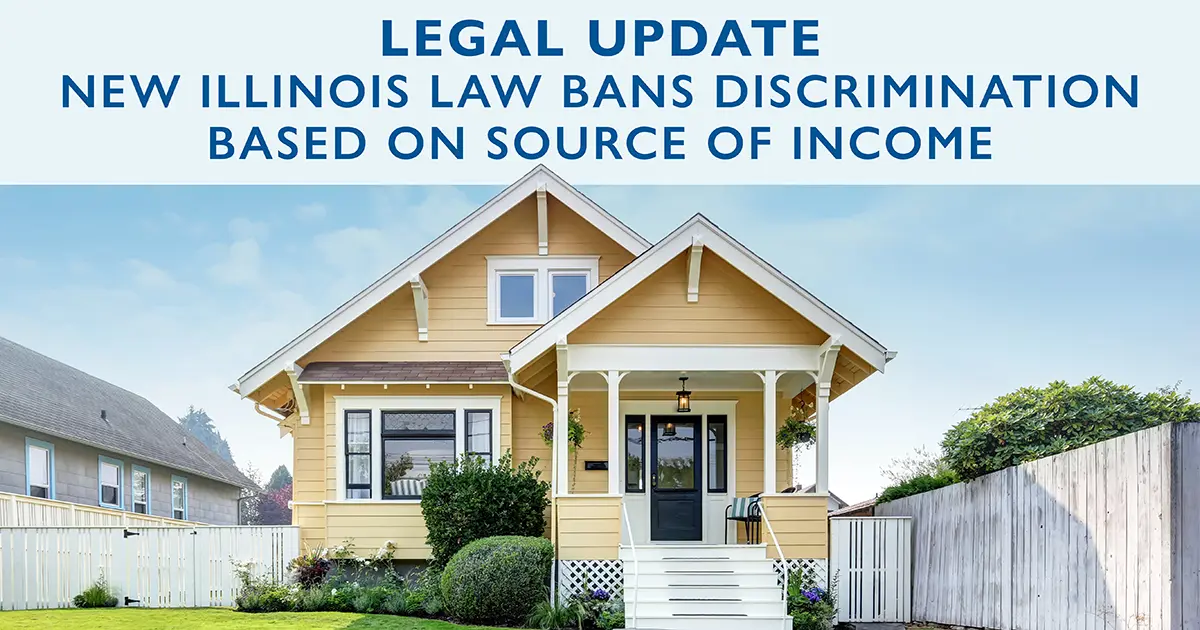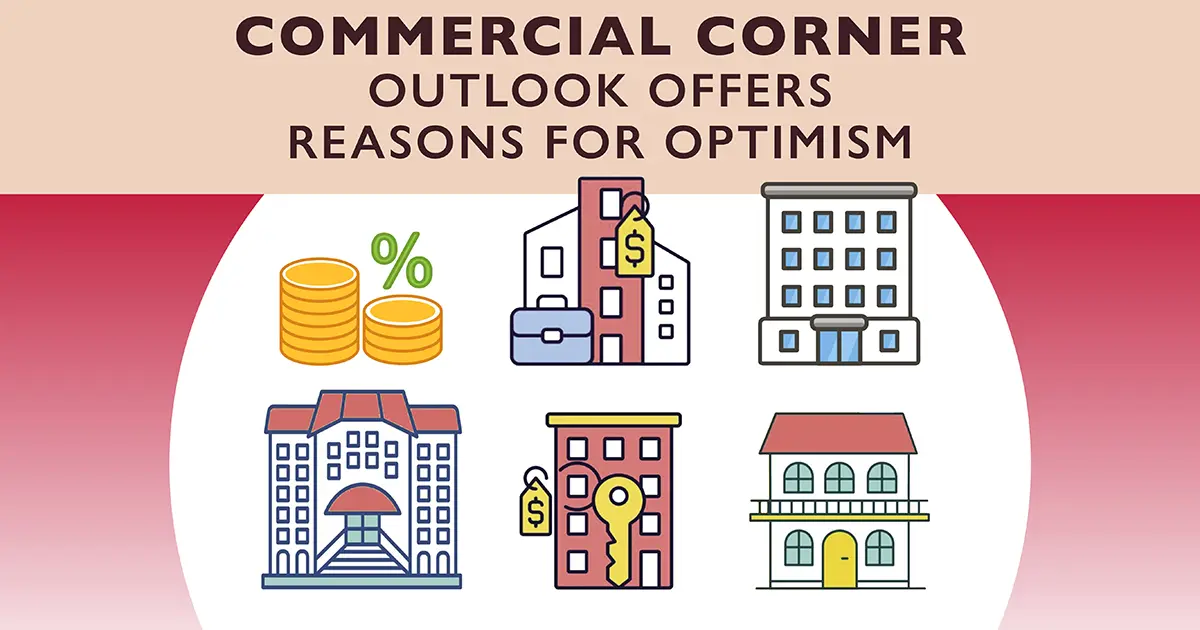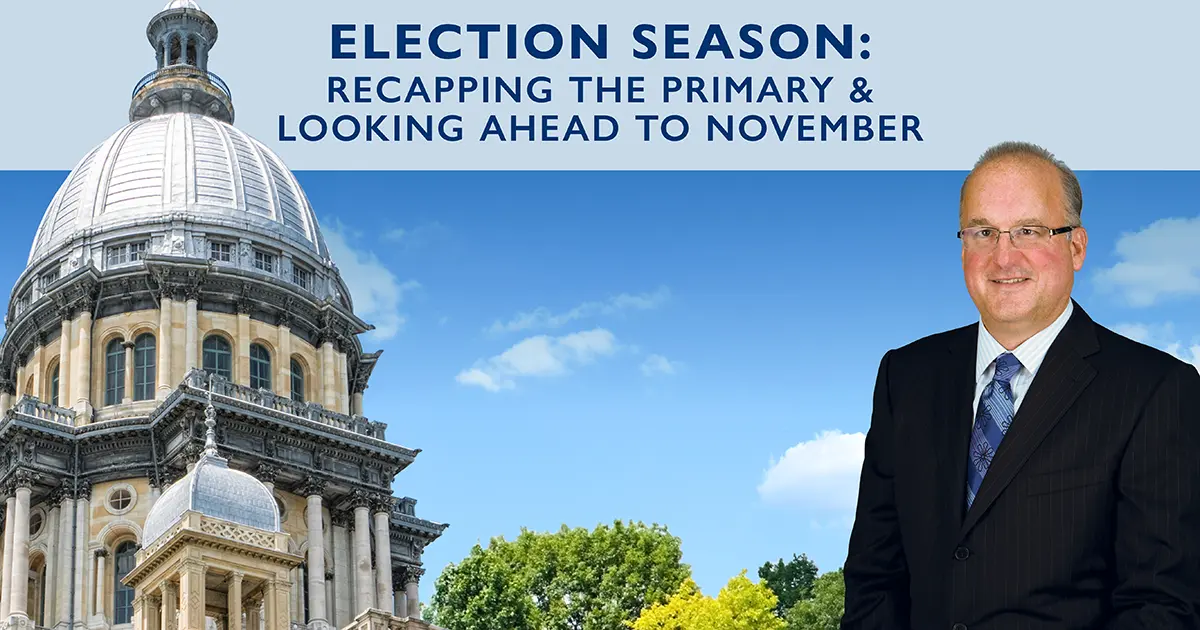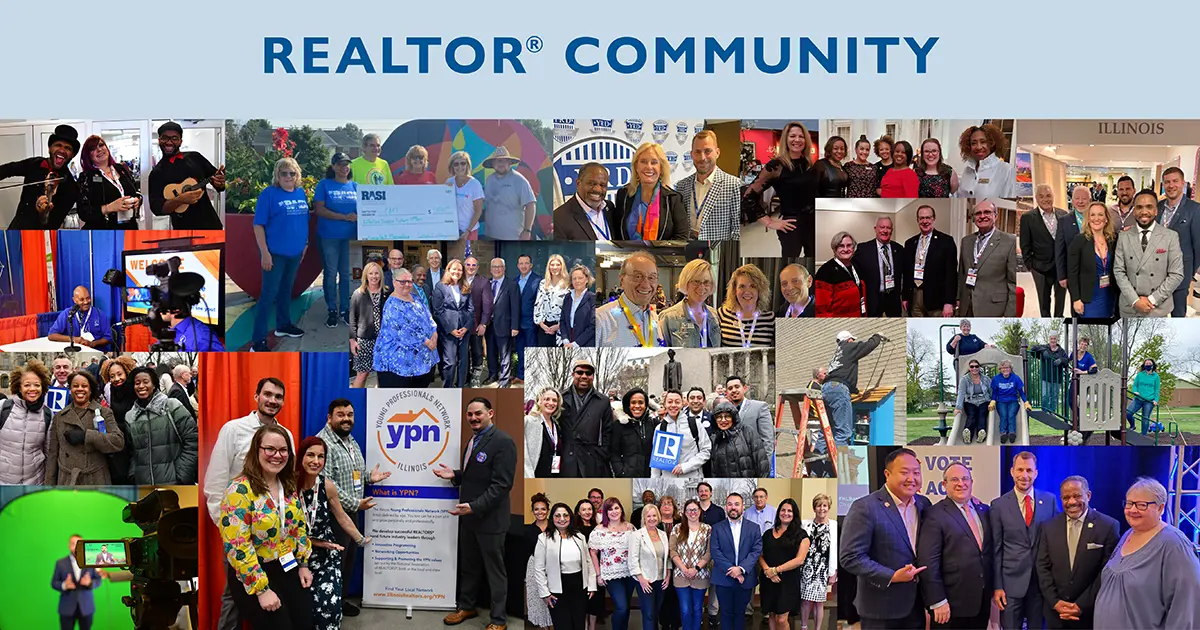In this Q&A, Dr. Daniel McMillen covers some of the economic issues facing the Illinois housing market right now and what to expect as 2022 draws to a close. McMillen and his team at the University of Illinois at Chicago provide Illinois REALTORS® with monthly, quarterly and annual market forecasts.
How would you describe the 2022 housing market and how does it compare to 2021?
So far, the 2022 housing market is remarkably similar to last year. Prices have risen steadily throughout Illinois while sales remain low. Homes sell quickly and the number of homes on the market is low by historical standards.
Foreclosures have begun to increase in 2022, but the numbers are comparable to those from 2013 – 2019, and nowhere near the numbers from during the Great Recession.
Illinois, and the U.S., has been in a red-hot housing market for several years. Is the market beginning to correct itself or shift to a more normal, traditional market?
A correction will come when prices level off and the number of homes being offered for sale starts to increase. So far, the statistics do not show any major changes in either prices or sales: prices have continued to rise and the number of homes up for sale is still low. But the hottest markets in the U.S. have begun to cool, and the combination of high interest rates and consumer concerns about the economy make it likely that the market will begin to slow in Illinois this fall.
How could rising inflation and mortgage interest rates affect consumers and home sales growth?
It’s worth remembering that real estate investment has been viewed as a hedge against inflation in the past, but that was in times like the late 1970s when prices rose steadily for a decade. Right now, there is a lot of uncertainty about what is going to happen with inflation and that leads people to hold off on making major purchases.
High interest rates dampen demand, but inflation can encourage people to buy because owning a home helps people to avoid paying ever-increasing rents while ensuring that they’ll be able to sell the home for a higher price in the future. So, it’s harder for first-time buyers to afford a home, but they have even more of an incentive to do so. The main issue now is the uncertainty – is inflation going to continue or is it going to slow down soon?
Will prices continue to trend upward and what does that mean for affordability for potential homebuyers?
High prices and high interest rates price people out of the market, particularly first-time buyers who obviously can’t take advantage of capital gains on an existing home. I do think that the rate of increase in prices is likely to decline soon, which should help make homes more affordable. Interest rates will remain high until the rate of inflation declines significantly, though.
Inventory remains low. Could that begin to change?
It’s the big wild card. Higher prices normally encourage people to consider selling, but the inventory of homes for sale remains low, and the number of new homes being built is also much lower than expected for a market with rapidly rising prices. Having a pandemic followed by the first period of inflation in 40 years has made people extraordinarily cautious, and people are waiting to see whatever the new normal is going to be before they consider moving again.
The economy affects housing. What is going on in the Illinois economy—job growth, building, tax revenues—that could play a role in the housing market?
According to the U.S. Bureau of Labor Statistics, the unemployment rate in Illinois was 4.5 percent in June, down from 6.5 percent in June 2021 and a peak of 17.4 percent in April 2020. The U.S. unemployment rate was 3.6 percent in June. More than 900,000 jobs were added between April 2020 and June 2021 in Illinois, but the number of jobs is still about 150,000 lower than the peak in June 2019. The rate of new home construction remains well below pre-pandemic levels in Illinois and is much lower than the national average. The rate of new home construction is likely to remain low as long as the state’s population growth remains close to zero.
About the writer: Dr. Daniel McMillen is the Head of the Stuart Handler Department of Real Estate and the University of Illinois at Chicago College of Business Administration.







